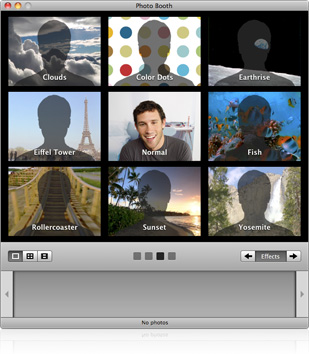
Continuity Camera BasicsĪpart from Mojave and iOS 12, Continuity Camera requires that the devices be on the same Wi-Fi network, have Bluetooth turned on, and be logged in to the same Apple ID, which must use two-factor authentication. It lets you take pictures or scan documents with an iPhone or iPad running iOS 12 and have those images show up immediately on the Mac, either in a document or on the Desktop. It’s super simple now, thanks to a new Mojave feature called Continuity Camera. If you’ve got an external USB camera (which we highly suggest if you do lots of remote learning or work, because Apple’s built-in cameras are so bad), you should check your camera maker’s website for any free software it offers.Have you found yourself composing an email message on your Mac while staring glumly at the receipt or document you need to scan and attach to the message? Adding that scan to the message isn’t impossible, but until macOS 10.14 Mojave, it hasn’t necessarily been easy. It’s frustrating to shell out money for features that probably should be found in Apple’s system preferences, but with a little fiddling around you can really improve the look of your webcam. You can even control many third-party cameras with Webcam Settings. Webcam Settings sits up in your menu bar for quick access, and doesn’t consume much in the way of resources. You can save these settings as quick presets, too.

You can adjust exposure time, aperture, brightness, contrast, zoom, backlight compensation, focus, and lots more-depending on the hardware features of the camera you’re adjusting. It works fine on macOS Big Sur and Apple Silicon macs (through Rosetta), and directly controls features of your webcam, so it works with nearly every app. Webcam Settings app, which you can grab for $7.99 in the Mac app store. Webcam Settings gives you more control over your FaceTime camera.


 0 kommentar(er)
0 kommentar(er)
